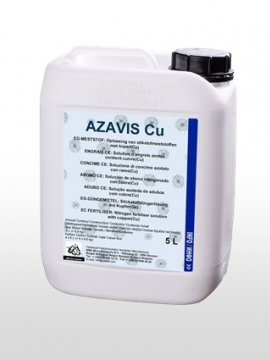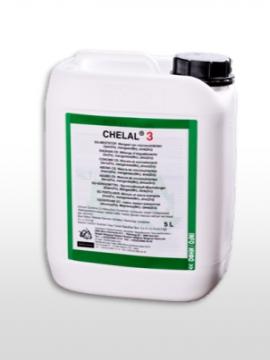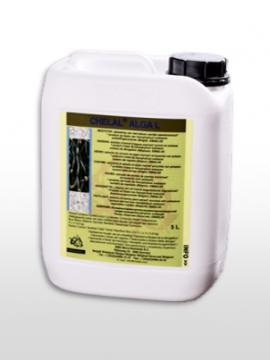You are here

Garlic
Moderate to high sensitivity to the deficiency of: Mg, S, Cu, Mn
Low to moderately sensitivity to the deficiency of: Mo, Zn
(the sensitivity to the deficiencies of these nutrients can vary in function of the variety)
Just like onion, garlic has to deal with a complex physiology. From the growth to the ripening of the tuber, various climatic and agronomic factors influence the plant. The plant develops in three phases:
- the vegetative phase, the creation of the leaves, which is initially slow, then accelerates and changes to the next phase
- the development of the tuber
- the ripening of the tuber, eventually dying off the leaves
The plant has specific nutritional needs during each of these phases. Let's take a closer look:
Vegetative phase
During the initial vegetative phase, the plant must be formed correctly. Phosphorus and nitrogen are very important for in this stage.
- Phosphorus influences root formation. This crop has a dense root system that mainly colonizes the upper soil layers, where usually the phosphorus is also present in the highest concentrations. The absorption of phosphorus is quite efficient, which means that deficiencies occur less frequently. At normal phosphorus concentrations in the soil, the nutrition of this element is guaranteed for this crop. The plant will then respond little to extra fertilization. In case of reduced availability in the soil, it is of course necessary to treat phosphorus deficiency.
- The garlic plant reacts much more strongly to nitrogen. However, avoid too large quantities of nitrogen fertilization because they have a negative impact on quality. The plant needs around 120 units per hectare (a little more with high yields). The soil often provides part of it from the nitrogen reserves and residues, and from the mineralization of organic matter from the soil. We therefore recommend limiting nitrogen fertilization to the soil and giving extra nitrogen through the leaf, especially during this first phase. Kappa M or Kappa Z are extremely suitable for this.
Good formation of the plant during this vegetative phase will increase the production potential of the crop. We must therefore also pay attention to the trace elements that are important for youth growth: zinc and copper. The garlic plant responds mainly to copper applications and much less to zinc applications.
The crop is very sensitive to a deficiency of copper and it is difficult to absorb this element through the roots. That is why we must use a readily available copper, in the form of a chelate, preferably through foliar applications. Copper is not only important for youth growth, but it also considerably strengthens the immune system of the plant.
Zinc is also important for youth growth, but garlic is less sensitive to this element. That is why we recommend zinc only in case of very low availability in the soil (including high pHs) and in extreme climatic conditions that inhibit absorption such as cold, damp weather conditions, during the first growth phases of the plant.
Tuber formation
During the development of the tuber we must avoid excessive vegetative growth because this inhibits tuberization. It is important to ensure that photosynthesis in the leaves runs as smoothly and efficiently as possible. Almost all main -and trace elements are important here, but magnesium in particular is one of the key elements to maintain photosynthesis.
The most complete product Fructol NF contains nitrogen, phosphorus, potassium and sulfur as well as magnesium and is the most suitable in this phase. Combine Fructol NF with other elements that may be difficult to absorb due to a high pH of the soil, such as manganese.
In addition to copper, the garlic plant is also very sensitive to a deficiency of manganese. Manganese is responsible for the transport of the metabolites produced in the leaves to the reserve organs, in this case the tuber. That is why manganese is very important in this stage of plant development.
Maturation of the tuber
Manganese remains important during ripening, but potassium is also an essential element for good production.
Sulfur increases productivity, reduces nitrate residues in the edible part (the tuber) and increases the concentrations of "alliine" (an organic sulfoxide, a derivative of the amino acid cysteine), to which the organoleptic and also the medical properties of the plant are attributed .
Applications with Fructol NF will provide the plant with extra sulfur to improve the quality of production. Alternatively, you can also use Magivert Bio, which brings both magnesium and sulfur into the plant, which certainly promotes quality.






